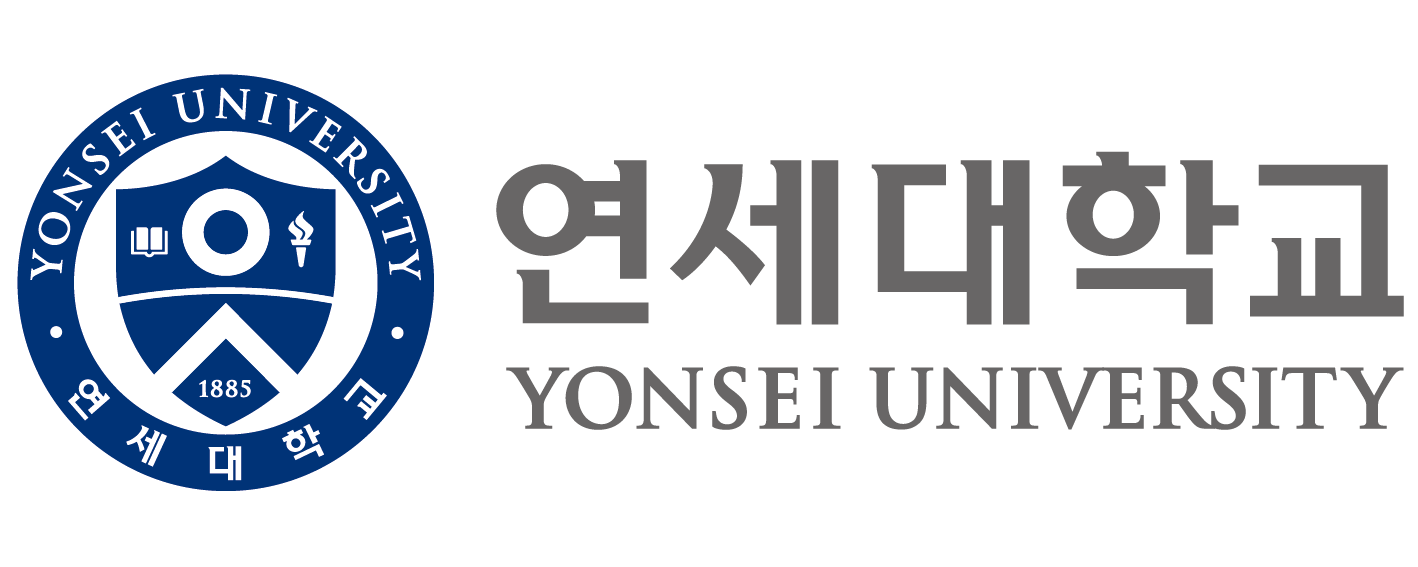Korea Biobank
 The key to successful precision medicine in the future
The key to successful precision medicine in the future
'human bioresources' and 'biobanks'
'human bioresources' and 'biobanks'
Thanks to the remarkable development of life sciences, medicine, and bioinformatics, coupled with the advent of the Fourth Industrial Revolution, it is expected that future medicine will realize a dream that mankind never before imagined possible in the prevention, diagnosis, prognostic analysis and treatrment of human diseases.
The key to realizing precision medicine is ‘human bioresource and related information’: Domestic and foreign biobanks pererform leading roles in the efficient collection, management, and distribution of human bioresources and bioinformation. As research using human bioresources has increased rapidly worldwide to preoccupy the future health and medical industry of the 21st century, domestic and foreign competition to secure human bioresources and information has intensified.
Now, the world is advancing to the era of precision medicine and the delivery of treatments customized to differences between race, people, and individuals through disease diagnosis and prognosis prediction using the most advanced biotechnology, such as next-generation sequencing, and the development of new drugs by investigating genes and molecules related to the development and progression of the disease, and the application of new drugs to patient-customized treatments.
What are human bioresources?
Human bioresources are components of the human body, such as tissue, cells, blood, and fluids collected from the human body, or serum, plasma, chromosome, DNA (Deoxyribonucleic acid), RNA (Ribonucleic acid), and proteins separated from these bioresources.
(The Bioethics and Safety Act, Article 2, Sub-paragraph 11)
What is a human biobank?
 National management was started
National management was started
in order to secure the human bioresources of Korean people.
in order to secure the human bioresources of Korean people.
While the KCDC (Korea Centers for Disease Control and Prevention) has carried out the collection, management, and distribution of various population-based human bioresources through the Korean Genome and Epidemiology Study (KoGES) since 2001, disease-based human bioresources have been collected and managed by the provider-centered bottom-up method through university hospitals or small-scale biobanks, thus making it difficult to secure human bioresources quantitatively and qualitatively.
Since the quantum shift in the medical research paradigm after the post-genome era, the number of studies using human bioresources has gradually increased, making it necessary to establish systematic human bioresource management and firm legal foundations at the national level. As such, the Korea Biobank Project (KBP) was launched in 2008 to promote domestic healthcare and biomedical R&D and improve the nation’s health.
As a part of the Korea Biobank Project, KBN regional biobanks were designated at university hospitals and budgets were allotted to each regional biobank in a bid to secure systematic disease-based human bioresources. Curently centered on the KCDC National Biobank of Korea (operation: Division of Biobank for Health Sciences), regional biobanks at seventeen university hospitals make up the Korea Biobank Network (KBN), where large-scale, population-based (National Biobank of Korea) and disease-based human bioresources (17 regional biobanks and the Korea Biobank Network) are collected and managed for distribution to researchers throughout the country.
Since 2013, two institutions have participated as KBN collavorative hospitals, not only sharing KBN systems - such as information systems - and participating in education programs, but also actively cooperating in the operation of the KBN by providing consultation on project-related policy decisions.
죄송합니다.
해당 메뉴는 PC버전에서 이용 가능합니다.




